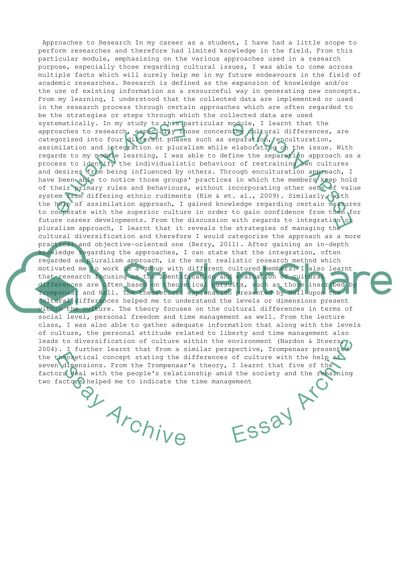Cite this document
(“Relationship between Organizational Culture, Leadership Behaviour and Essay”, n.d.)
Relationship between Organizational Culture, Leadership Behaviour and Essay. Retrieved from https://studentshare.org/business/1399894-cultural-differences-and-people-management
Relationship between Organizational Culture, Leadership Behaviour and Essay. Retrieved from https://studentshare.org/business/1399894-cultural-differences-and-people-management
(Relationship Between Organizational Culture, Leadership Behaviour and Essay)
Relationship Between Organizational Culture, Leadership Behaviour and Essay. https://studentshare.org/business/1399894-cultural-differences-and-people-management.
Relationship Between Organizational Culture, Leadership Behaviour and Essay. https://studentshare.org/business/1399894-cultural-differences-and-people-management.
“Relationship Between Organizational Culture, Leadership Behaviour and Essay”, n.d. https://studentshare.org/business/1399894-cultural-differences-and-people-management.


